Honda Jazz vs Hyundai i30 – Which car suits you better?
Costs and Efficiency:
Price and efficiency are often the first things buyers look at. Here it becomes clear which model has the long-term edge – whether at the pump, the plug, or in purchase price.
Honda Jazz has a hardly perceptible advantage in terms of price – it starts at 23100 £, while the Hyundai i30 costs 24000 £. That’s a price difference of around 891 £.
Fuel consumption also shows a difference: Honda Jazz manages with 4.50 L and is therefore clearly perceptible more efficient than the Hyundai i30 with 5.70 L. The difference is about 1.20 L per 100 km.
Engine and Performance:
Under the bonnet, it becomes clear which model is tuned for sportiness and which one takes the lead when you hit the accelerator.
When it comes to engine power, the Hyundai i30 has a a bit edge – offering 140 HP compared to 122 HP. That’s roughly 18 HP more horsepower.
In acceleration from 0 to 100 km/h, the Honda Jazz is minimal quicker – completing the sprint in 9.40 s, while the Hyundai i30 takes 9.60 s. That’s about 0.20 s faster.
In terms of top speed, the Hyundai i30 performs slightly better – reaching 197 km/h, while the Honda Jazz tops out at 175 km/h. The difference is around 22 km/h.
Both models offer the same torque – 253 Nm.
Space and Everyday Use:
Beyond pure performance, interior space and usability matter most in daily life. This is where you see which car is more practical and versatile.
Both vehicles offer seating for 5 people.
In curb weight, Hyundai i30 is hardly perceptible lighter – 1291 kg compared to 1302 kg. The difference is around 11 kg.
In terms of boot space, the Hyundai i30 offers evident more room – 395 L compared to 304 L. That’s a difference of about 91 L.
In maximum load capacity, the Hyundai i30 performs minimal better – up to 1301 L, which is about 96 L more than the Honda Jazz.
When it comes to payload, Hyundai i30 evident takes the win – 509 kg compared to 388 kg. That’s a difference of about 121 kg.
Who wins the race?
The Hyundai i30 proves to be offers a more balanced package and therefore becomes our DriveDuel Champion!
Hyundai i30 is the better all-rounder in this comparison.
Costs and Consumption
View detailed analysis
Engine and Performance
View detailed analysis
Dimensions and Body
View detailed analysis
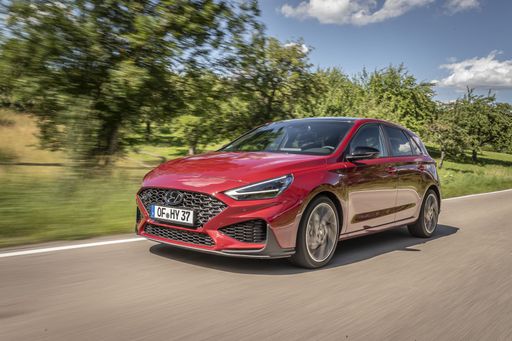 @ Hyundai Motor Company
@ Hyundai Motor Company
Hyundai i30
Honda Jazz
The Honda Jazz is a supremely practical small hatch that hides clever packaging and more usable space than it lets on, with friendly styling and an unfussy charm. It’s economical to run, easy to park and perfect for buyers who want reliable, versatile daily motoring without the hassle.
details @ Honda Motor Co., Ltd.
@ Honda Motor Co., Ltd.
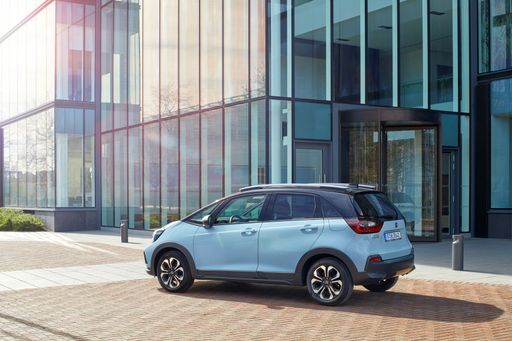 @ Honda Motor Co., Ltd.
@ Honda Motor Co., Ltd.
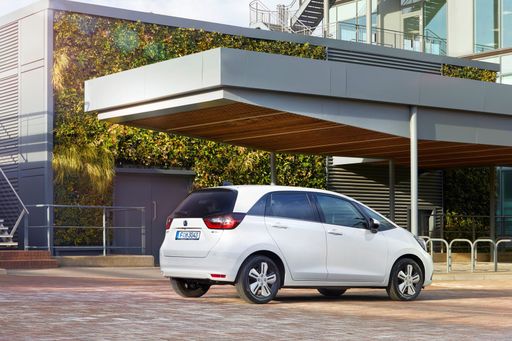 @ Honda Motor Co., Ltd.
@ Honda Motor Co., Ltd.
 @ Honda Motor Co., Ltd.
@ Honda Motor Co., Ltd.
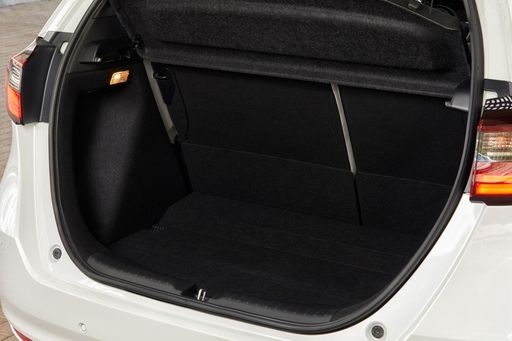 @ Honda Motor Co., Ltd.
@ Honda Motor Co., Ltd.
Hyundai i30
The Hyundai i30 proves that sensible can also be stylish, offering a confident driving character wrapped in neat, modern design. It serves up a roomy, well-equipped cabin and composed ride that make everyday motoring feel like a clever purchase rather than a compromise.
details @ Hyundai Motor Company
@ Hyundai Motor Company
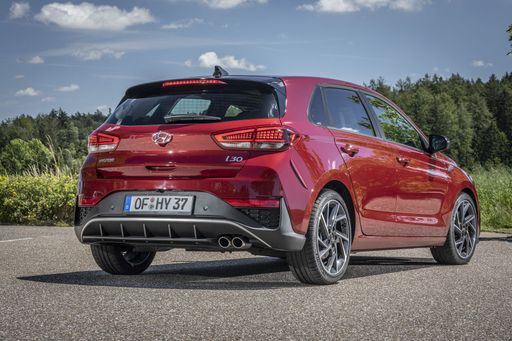 @ Hyundai Motor Company
@ Hyundai Motor Company
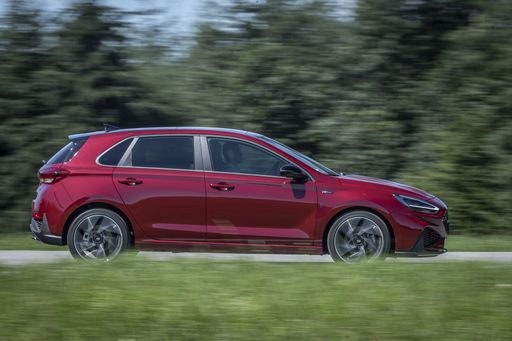 @ Hyundai Motor Company
@ Hyundai Motor Company
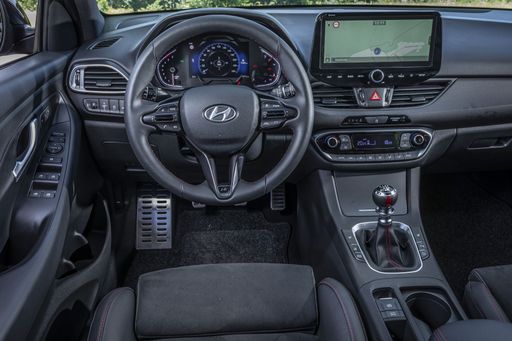 @ Hyundai Motor Company
@ Hyundai Motor Company
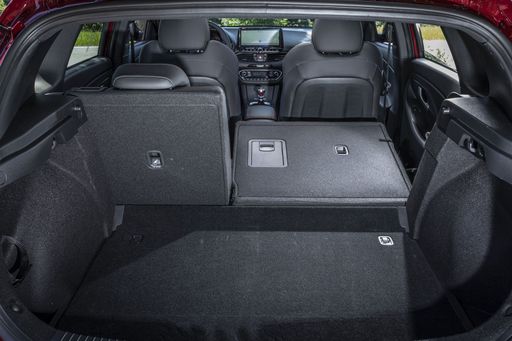 @ Hyundai Motor Company
@ Hyundai Motor Company
 @ Honda Motor Co., Ltd.
@ Honda Motor Co., Ltd.
|
 @ Hyundai Motor Company
@ Hyundai Motor Company
|
|
|
|
Costs and Consumption |
|
|---|---|
|
Price
23100 - 26700 £
|
Price
24000 - 29300 £
|
|
Consumption L/100km
4.5 - 4.8 L
|
Consumption L/100km
5.7 - 6 L
|
|
Consumption kWh/100km
-
|
Consumption kWh/100km
-
|
|
Electric Range
-
|
Electric Range
-
|
|
Battery Capacity
-
|
Battery Capacity
-
|
|
co2
102 - 108 g/km
|
co2
130 - 136 g/km
|
|
Fuel tank capacity
40 L
|
Fuel tank capacity
50 L
|
Dimensions and Body |
|
|---|---|
|
Body Type
Hatchback
|
Body Type
Hatchback
|
|
Seats
5
|
Seats
5
|
|
Doors
5
|
Doors
5
|
|
Curb weight
1302 - 1320 kg
|
Curb weight
1291 - 1407 kg
|
|
Trunk capacity
304 L
|
Trunk capacity
395 L
|
|
Length
4089 - 4105 mm
|
Length
4340 mm
|
|
Width
-
|
Width
1795 mm
|
|
Height
1526 - 1556 mm
|
Height
1455 mm
|
|
Max trunk capacity
1205 L
|
Max trunk capacity
1301 L
|
|
Payload
370 - 388 kg
|
Payload
463 - 509 kg
|
Engine and Performance |
|
|---|---|
|
Engine Type
Full Hybrid
|
Engine Type
Petrol, Petrol MHEV
|
|
Transmission
Automatic
|
Transmission
Manuel, Automatic
|
|
Transmission Detail
CVT
|
Transmission Detail
Manual Gearbox, Dual-Clutch Automatic
|
|
Drive Type
Front-Wheel Drive
|
Drive Type
Front-Wheel Drive
|
|
Power HP
122 HP
|
Power HP
100 - 140 HP
|
|
Acceleration 0-100km/h
9.4 - 9.7 s
|
Acceleration 0-100km/h
9.6 - 13.1 s
|
|
Max Speed
175 km/h
|
Max Speed
178 - 197 km/h
|
|
Torque
253 Nm
|
Torque
172 - 253 Nm
|
|
Number of Cylinders
4
|
Number of Cylinders
3 - 4
|
|
Power kW
90 kW
|
Power kW
74 - 103 kW
|
|
Engine capacity
1498 cm3
|
Engine capacity
998 - 1482 cm3
|
General |
|
|---|---|
|
Model Year
2023
|
Model Year
2024
|
|
CO2 Efficiency Class
C
|
CO2 Efficiency Class
D, E
|
|
Brand
Honda
|
Brand
Hyundai
|
Is the Honda Jazz offered with different drivetrains?
The Honda Jazz is offered with Front-Wheel Drive.
The prices and data displayed are estimates based on German list prices and may vary by country. This information is not legally binding.
